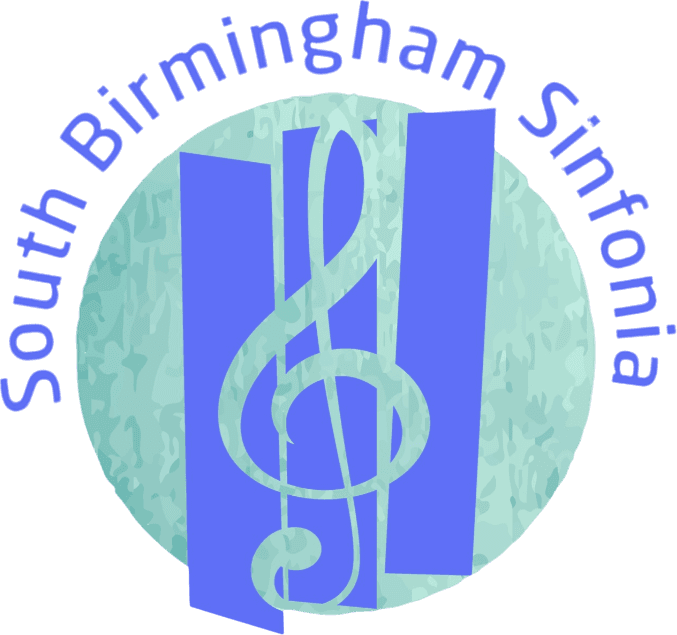Saturday, 13th July 2019, 7.30pm, in St. Francis’ Church, Bournville.
Tchaikovsky’s Suite from Swan Lake
Tchaikovsky’s ballet Swan Lake is today one of the best known of all ballets, but was a failure at its first performance. It tells the story (based loosely on German and Russian Folk stories) of the princess Odette, turned into a swan by an evil sorcerer’s curse. The ballet was first performed on 20 February 1877 at the Bolshoi Theatre in Moscow. The music was deemed to be “too noisy, too ‘Wagnerian’ and too symphonic.” The Germanic origin and foreign names of the story was treated with suspicion and the choreography and dancing considered second rate. Nevertheless the ballet had a run of 41 performances, even in its first production. The ballet was revived in 1895 at St Petersburg with a revised score.
- Scene
- Waltz
- Dance of the Swans
- Scene
- Hungarian Dance: “Czardas”
- Scene
Khachaturian’s Spartacus Suite No.2
Aram Il’yich Khachaturian (1903 to 1978) was a Soviet Armenian composer and, unlike Shostakovich for example, for most of his life was at least approved by the Soviet government, ultimately becoming Secretary of the Union of Soviet Composers. Although his work as a whole is perhaps not as well known in general, his music has been used frequently in TV and film, and some individual items by him are instantly recognisable, such as the Sabre Dance from Khachaturian’s ballet Gayane, or (for listeners of that particular age group) the theme from the first movement of the second Spartacus Suite, which is played tonight, as was used in the 1970s as the theme to the BBC TV series, The Onedin Line.
The Spartacus Suite No.2 is the second of four suites that Khachaturian made from his three act ballet of the same name. The music is always lively and well-crafted and makes for easy and pleasant listening. The movements are as follows.
- Adagio of Spartacus and Phrygia
- Entrance of the Merchants – Dance of a Roman Courtesan
- General Dance
- Entrance of Spartacus – Quarrel
- Treachery of Harmodius
- Dance of the Pirates
Saint-Saëns’ Danse Macabre
Camille Saint-Saëns wrote his short tone poem for orchestra, the Danse macabre, in 1874 based on a French text by poet Henri Cazalis. The orchestral work is an extended version of a song for voice and piano and features a solo violin in place of the voice.
In the legend, “Death” appears at midnight every year on Halloween. Death calls forth the dead from their graves to dance for him while he plays his fiddle (here represented by a solo violin). His skeletons dance for him until the rooster crows at dawn, when they must return to their graves until the next year.
Borodin’s Polovtsian Dances, from Prince Igor
The Polovtsian Dances are the dances of the Polovtsian people (The Kipchaks and Cumans) that form part of Borodin’s unfinished opera Prince Igor. A performing version of the opera was prepared by Nikolai Rimsky-Korsakov and Alexander Glazunov, and other performing versions have been written too, though the dances themselves are essentially as orchestrated by Borodin. The Polovtsian Dances are by far the best known scene in the opera and are frequently performed as an orchestral work in their own right, as will be done here. Many of the tunes are very familiar, having been “borrowed” elsewhere, for example in popular song and in the musical “Kismet”.
Rossini, orch. Britten: Soirées Musicales
Benjamin Britten arranged a number of dance movements from Rossini for film, which have also been used for ballet. The set played tonight is called “Soirées Musicales”, a title used by Rossini himself in a set of parlour pieces for voice and piano.
- March, from William Tell
- Canzonetta, from Rossini’s “Les soirées musicales, 1. La promesse”
- Tirolese, from “Les soirées musicales, 6. La pastorella dell’Alpi”
- Bolero, from “Les soirées musicales, 5. L’invito”
- Tarantella, from Rossini’s “Trois choeurs religieux, 3. La charité”
© RWK for SBS, February/March 2019
